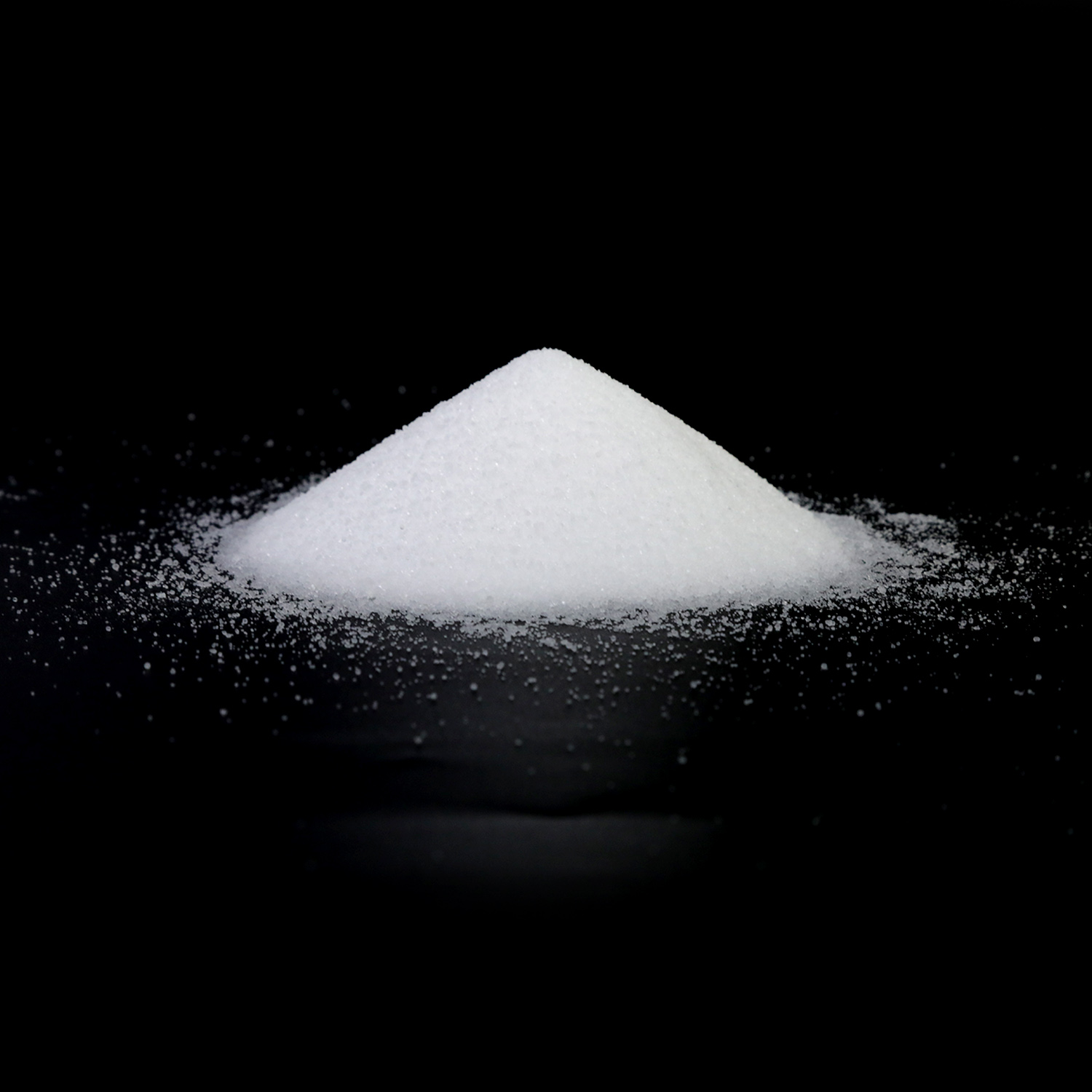Prostaglandins Chemical product 99%purity API Material Lumigan Bimatoprost CAS 155206-00-1 for treating eye
Contact me:
Email:ceo66@hbainuodi.com
Whtasapp:+8618849057872
Wickr:alice868
Usage
Bimatoprost is a prostaglandin drug that was first used to treat eye diseases such as glaucoma. The drug name is Lumigan. However, during the course of treatment, the patient unexpectedly found that the diameter, length and density of his own eyelashes have increased significantly. Afterwards, bimatoprost was used in clinical trials for eyelash beauty. Its great effect on thickening and thickening eyelashes directly led to the launch of Lattise by Lumegen’s production company, Allergan. The drug was launched in December 2008. Approved by the US FDA, it has become a professional product for blackening and thickening eyelashes.
In July 2006, the bimatoprost-timolol maleate compound eye drops developed by the United States Allergan Co., Ltd. was approved by the EU pharmaceutical authority for reducing the response to single-use β-receptor blockers or prostaglandins. Intraocular pressure or ocular hypertension in patients with open-angle glaucoma who do not respond adequately to analog therapy. The compound eye drops contain 0.0Chemicalbook3% bimatoprost and 0.5% timolol maleate, once a day, it can provide clinically very effective intraocular pressure control effect, and the effect is better than that of bimatoprost alone. Matoprost or timolol maleate. Clinical trials have confirmed that the drug has excellent tolerability, including a 40% reduction in the incidence of ocular hyperemia compared with bimatoprost alone.
For the treatment of glaucoma, it can also be used in eyelash growth liquid, the concentration is 0.03%

Specifications
| Product Name | Bimatoprost |
| CAS | 155206-00-1 |
| Density | 1.1 ± 0.1 g/cm3 |
| Boiling point | 629.8 ± 55.0 ° C AT 760 mmHg |
| Melting point | 66-68 ° C |
| Molecular | C25H37NO4 |
| Molecular weight | 415.566 |
| Flash point | 334.7 ± 31.5 ° C |
| Accurate Quality | 415.272247 |
| PSA | 89.79000 |
| Logp | 1.98 |
| Appearance | Crystal Solid |
| Steam pressure | 0.0 ± 1.9 mmHg AT 25 ° C |
| Refractive index | 1.591 |
| Storage conditions | 20 ° C |
Some Bimatoprost CAS 155206-00-1 Research:
Olaparib was effective against Brca1;p53 breast tumors (50mg/kg intraperitoneal injection per day), but had no effect on HR-deficient Ecad;p53 breast tumors. Olaparib had no dose-limiting toxicity in tumor-bearing mice. Olaparib has been used to treat tumors with BRCA mutations, such as ovarian cancer, breast cancer, and prostate cancer. In addition, Olaparib inhibited ATM-deficient tumor cells selectively, suggesting that Olaparib can be used as a potential agent for the treatment of ATM-mutated lymphoid tumors.
Olaparib is a PARP inhibitor that also acts against BRCA1 or BRCA2 mutations. Olaparib has little effect on tanky (polymer) enzyme-1, and the IC50 value is greater than that. Olaparib at a concentration of 30-100nM acts on SW620 cells to inactivate PARP-1. BRCA1-deficient cell lines (MDA-MB-463[1] and HCC1937) are hypersensitive to Olaparib compared to BRCA1- and BRCA2-sufficient cell lines (Hs578T,MDA-MB-23,T47D) Olaparib inhibits PARP and blocks base excision Repair, resulting in strong sensitivity of KB2P cells to Olaparib. The result is the conversion of single-strand breaks to double-strand breaks during DNA replication, thereby activating the BRCA2-dependent recombination pathway.
Bimatoprost is a synthetic prostamide F2α derivative, which can selectively simulate the effect of prostamine produced in the body, increase the rate of aqueous humor production, reduce the resistance of aqueous humor outflow, and increase the trabecular network channel and uveal sclera It is considered to be the local anti-glaucoma drug with the strongest effect on reducing intraocular pressure. It is suitable for the treatment of open-angle glaucoma (POAG) or high eyesight that is ineffective with other intraocular pressure-lowering drugs. Hypertension (OHT) patients.
Noted:
If you are interested in,please contact us freely,we will reply in time.Hope we have cooperation.








